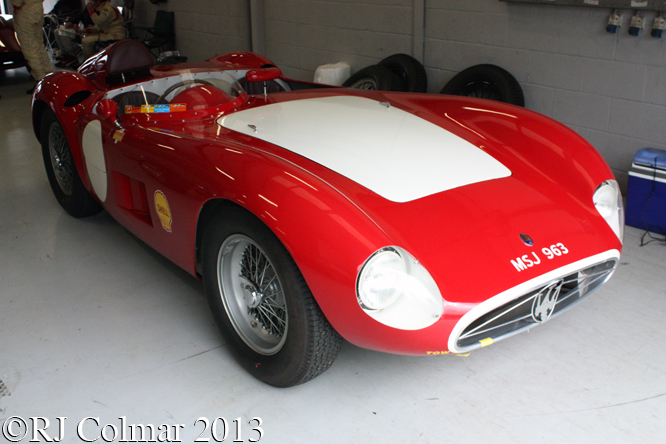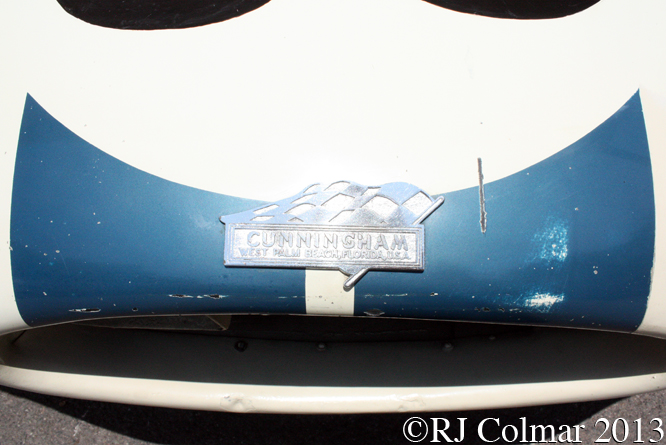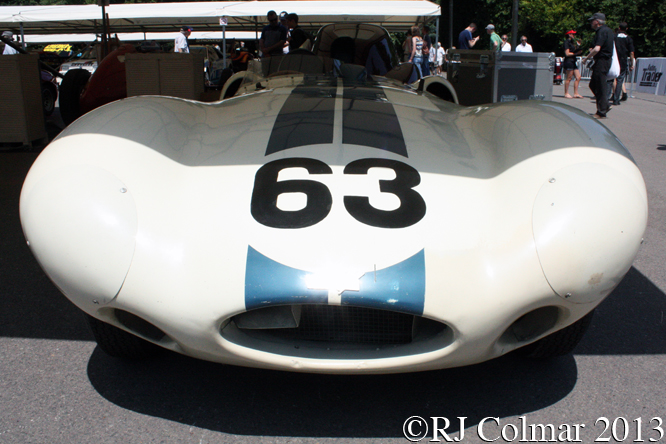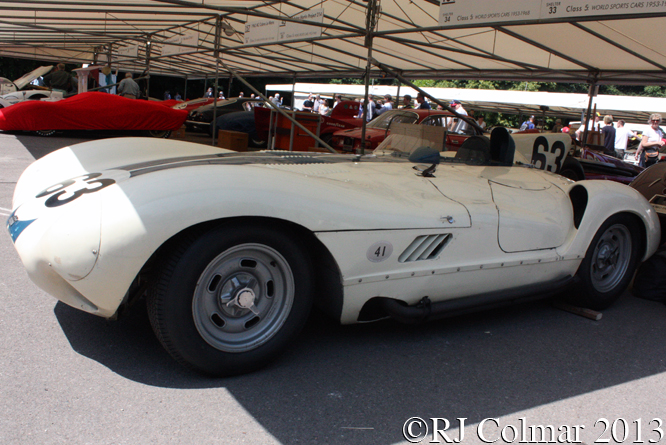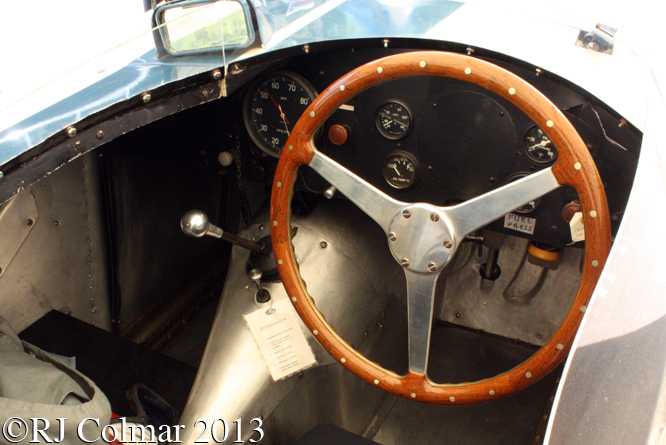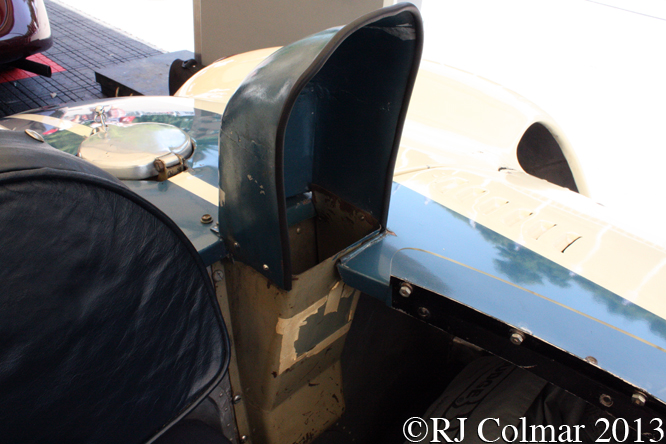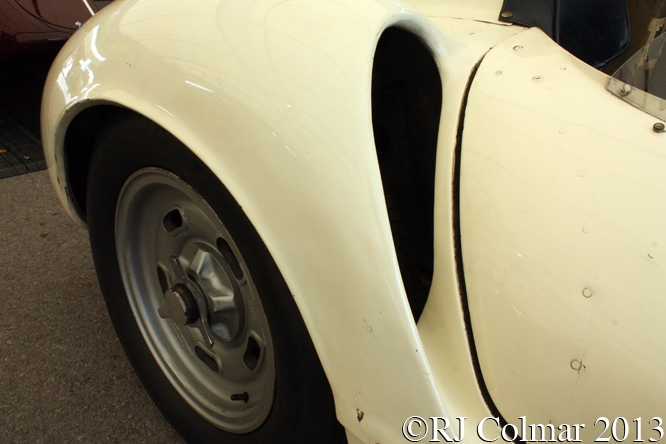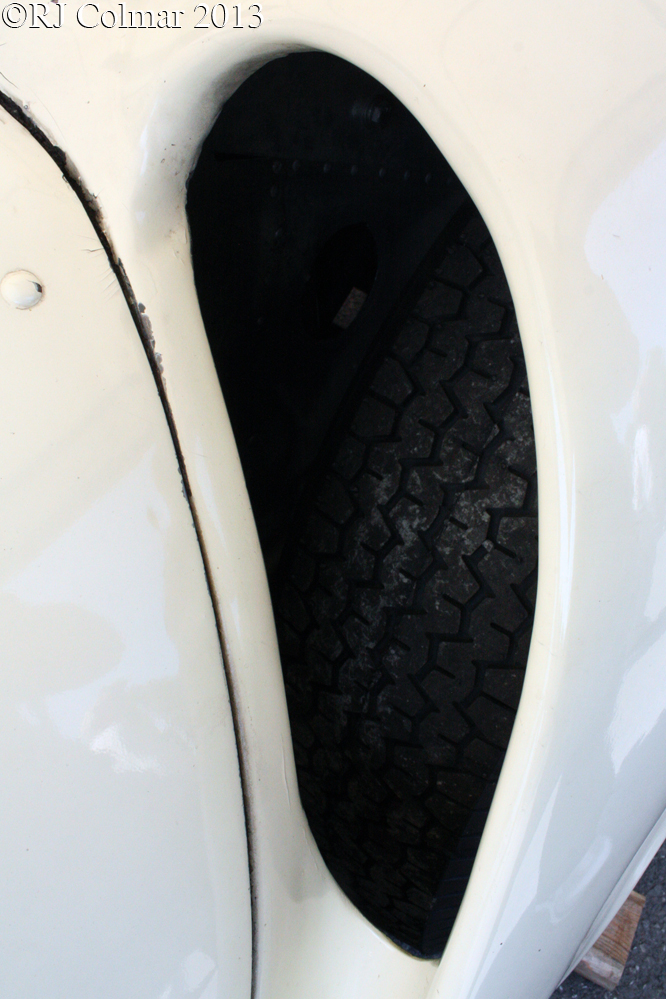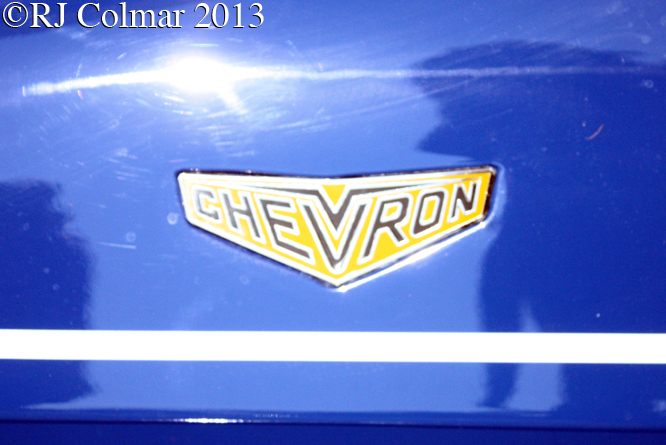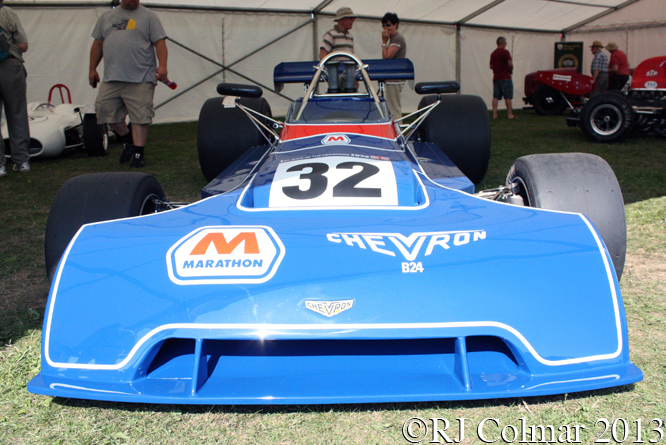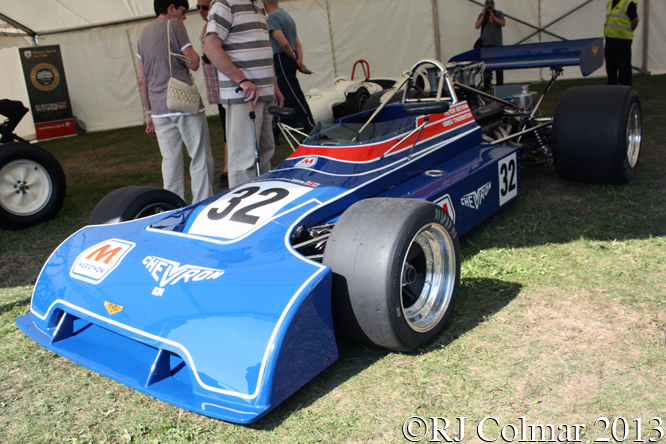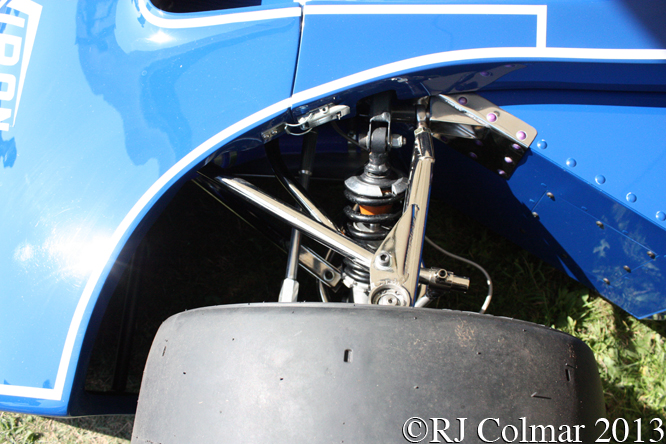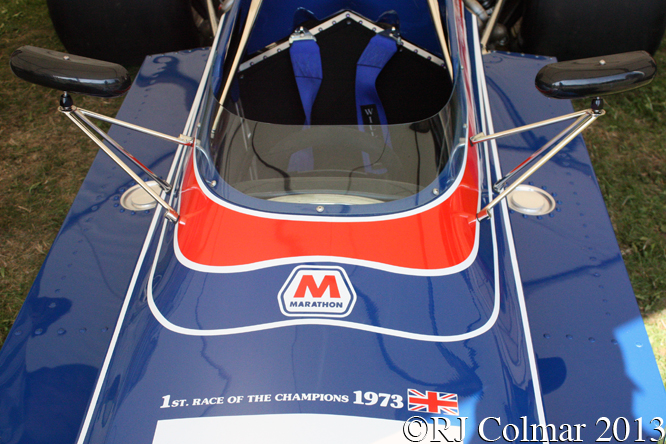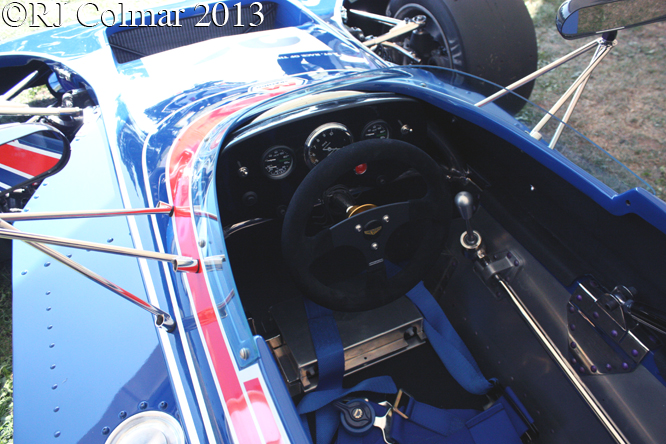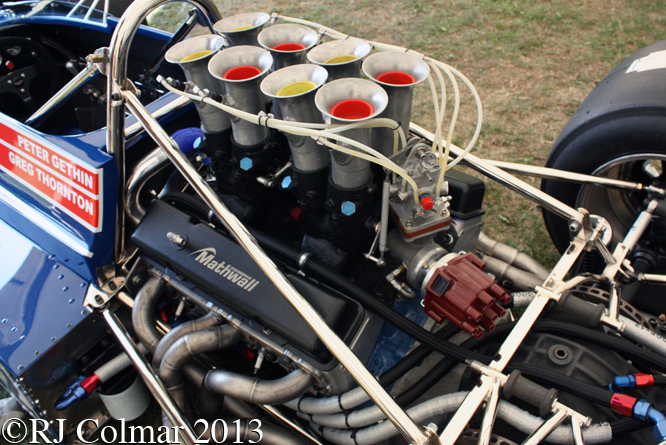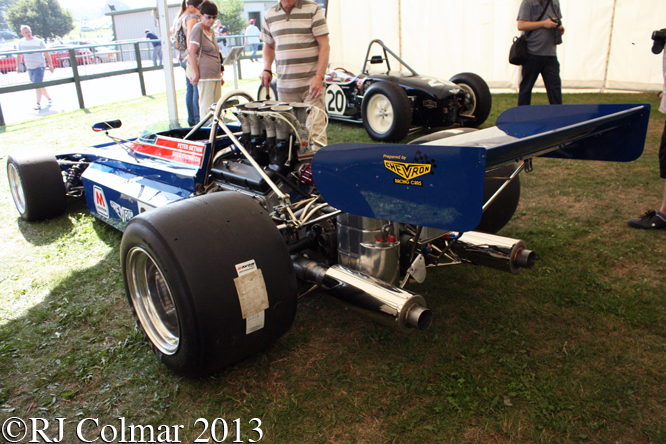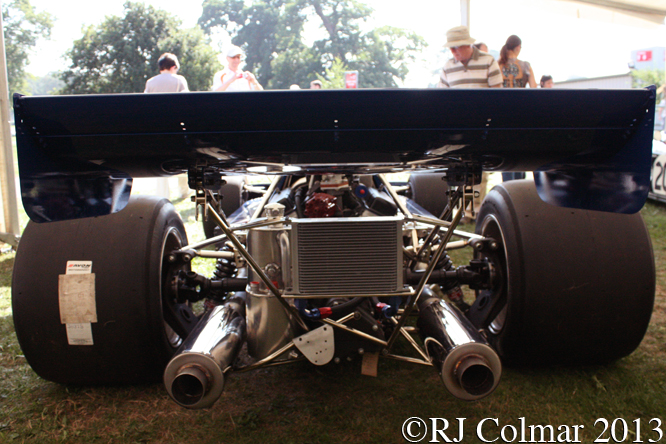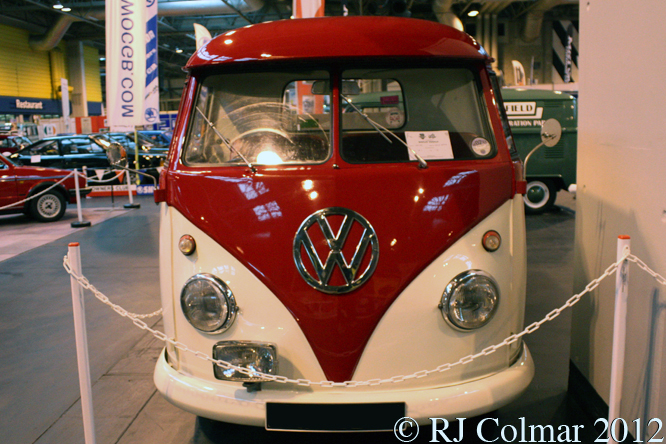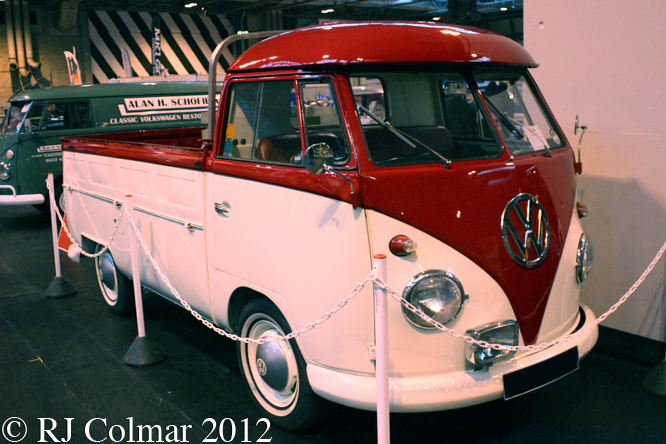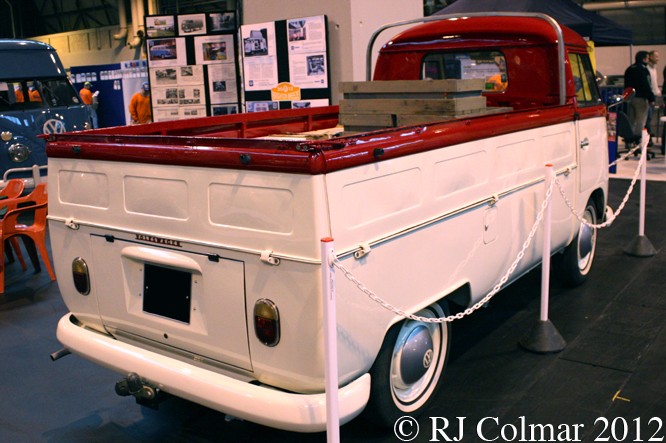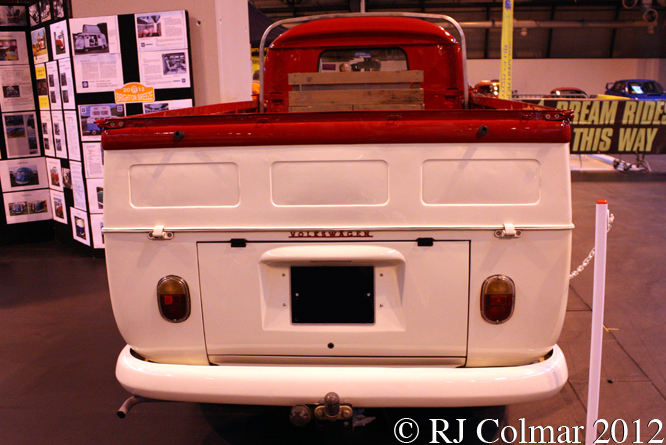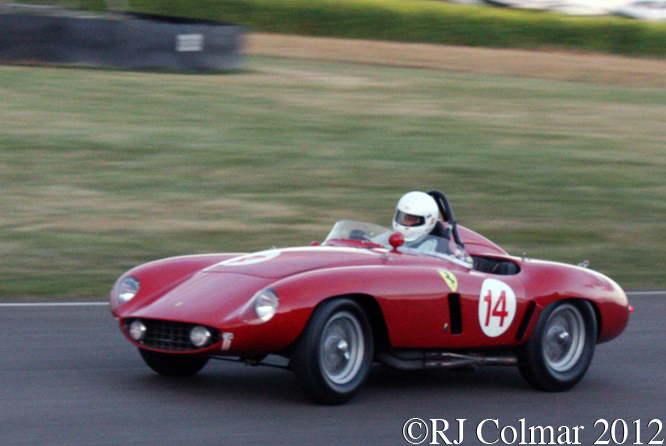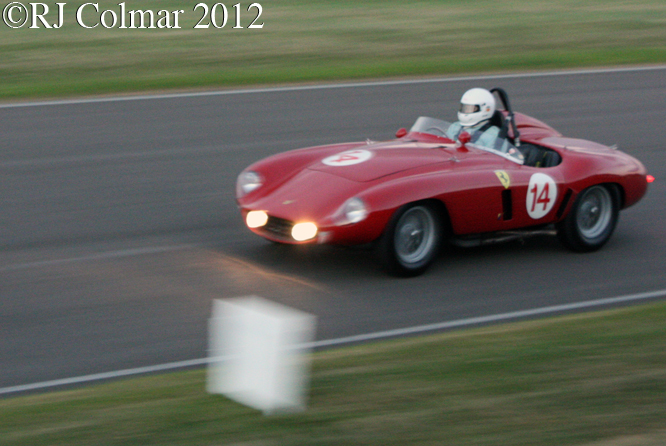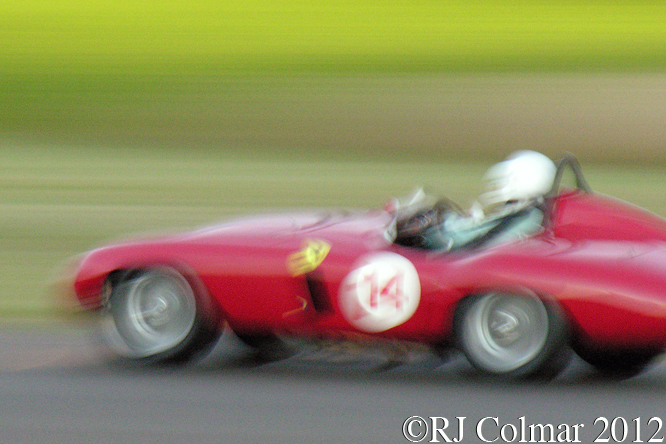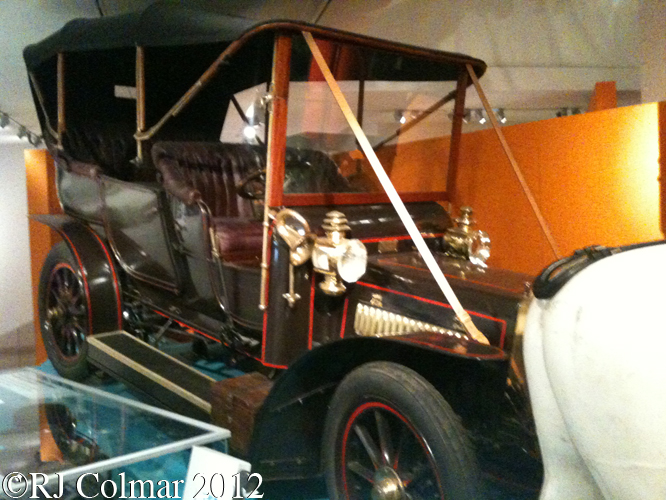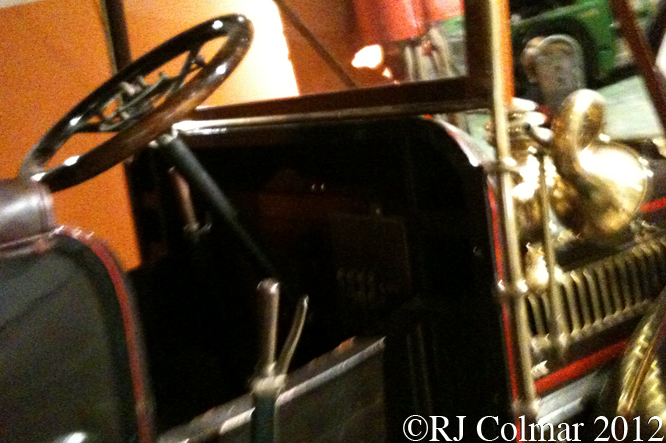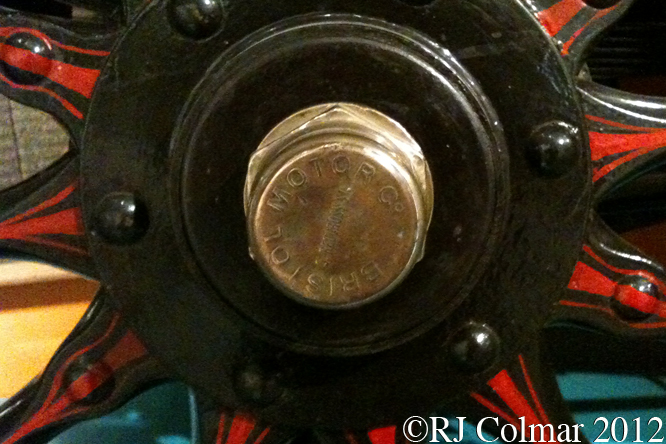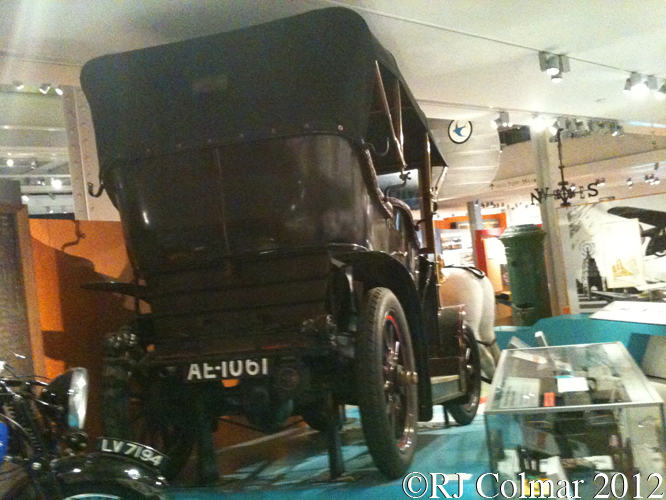For reasons that are not yet entirely clear to me today’s featured car ERA R4D began life with the out of sequence identifier R4B apparently a year before R3B had been built.
R4B was a works apple green race car completed for Raymond Mays use in 1935. It is said to have used all three ERA engine sizes, 1.1, 1.5 and 2 litre, according to the demands of the regulations of the event’s it competed in.
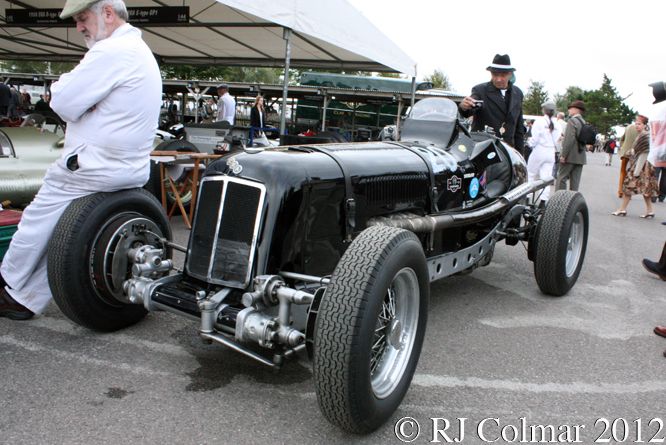
This chassis was shared by Raymond Mays and E Von Delius in the 1935 German Grand Prix, it started 9th but retired at half distance with low oil pressure.
R4B was predominantly used by Raymond for sprints and hill climbing and in 1936, mid way through the season R4B and the other works cars were all painted black.
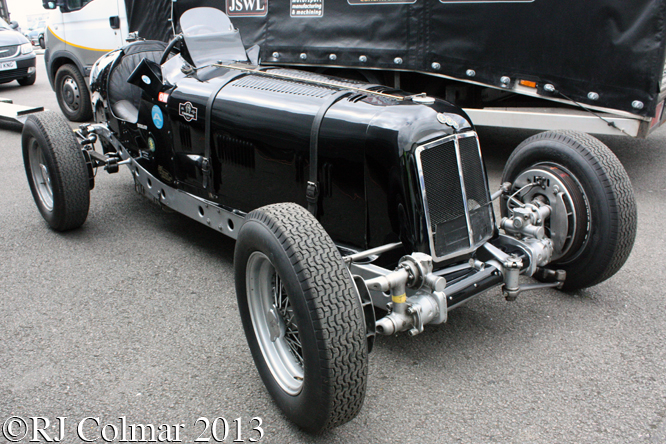
No definitive reason is known for the change of colour, which coincidentally or not first appeared after the death of Marcel Lehoux at Deauville while driving R3B, the only pre war ERA not to have survived.
It is known that Raymond Mays had a Riley and Bentley painted black with silver / chrome wheels and that he detested green the British National racing colour in any shade.
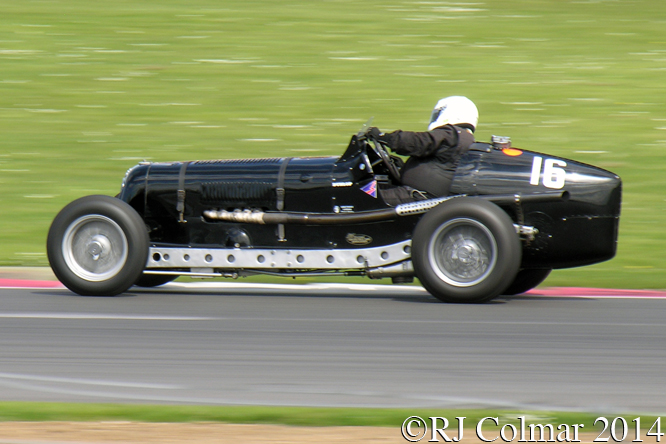
It has also been pointed out that Dick Seaman’s successful R1B was painted black in 1935 and maybe after a run of bad luck the decision was taken to use Seaman’s preferred colour.
In 1937 R4B was upgraded to C specification with independent front suspension using torsion bars designed at great expense to ERA by Dr Ferdinand Porsche.
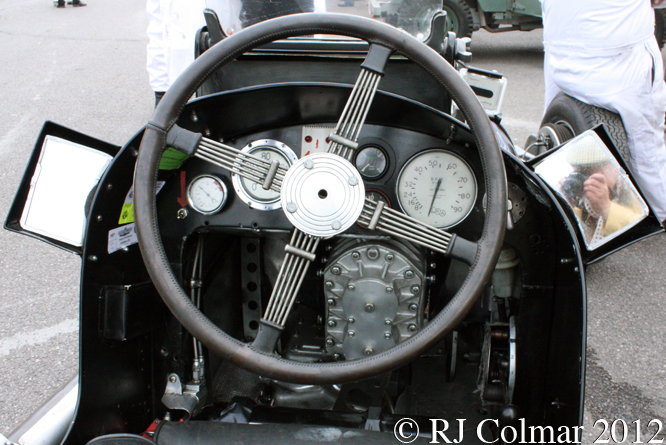
R8B and R12B were also to receive this upgrade but R12C was converted back to B Spec after an accident in 1939.
Raymond Mays drove R4C to victory in the 1937 Picardy Grand Prix and in 1937 repeated the feat in 1938 when R4C was upgraded to R4D spec with a lighter fully box framed chassis.
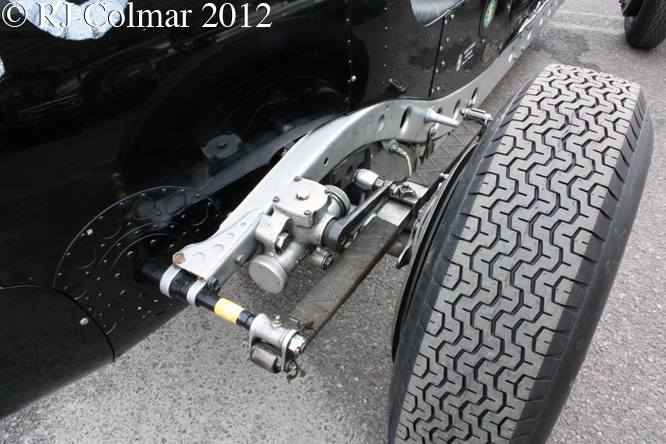
Arthur Johnson drove R4D in 1939 prior to Raymond Mays buying the car from the works to continue it’s development privately.
Raymond Mays continued to drive R4D winning the two British Hillclimb Championships in 1947 and ’48 and four Brighton Speed Trials, before selling her to Ron Flockhart in 1953.
Flockhart continued where May’s had left off by setting a record at the Bo’ness hillclimb.
In 1954 Ken Wharton bought R4D and won the RAC British Hill Climb Championship, he nearly repeated the feat in 1955, using R4D and a Cooper 500 Formula 3 car, but the title was awarded to new comer Tony Marsh after he and Wharton finished the championship on level points.
Wharton added three more wins at the Brighton Speed Trials to bring R4D’s total to seven, R4D is still the single most successful vehicle to compete in the event.
Today R4D is owned by Mac Hulbert and is seen with Julian Bronson at the wheel during the VSCC Spring Start Meeting earlier this year.
My thanks to Adam Wragg at facebook, Fuzzi and Vitesse2 at The Nostalgia Forum for informing why the works ERA were painted black in 1936.
Thanks for joining me on this “King Of Brighton” edition of “Gettin’ a li’l psycho on tyres” I hope you will join me again tomorrow for Maserati Monday. Don’t forget to come back now !


